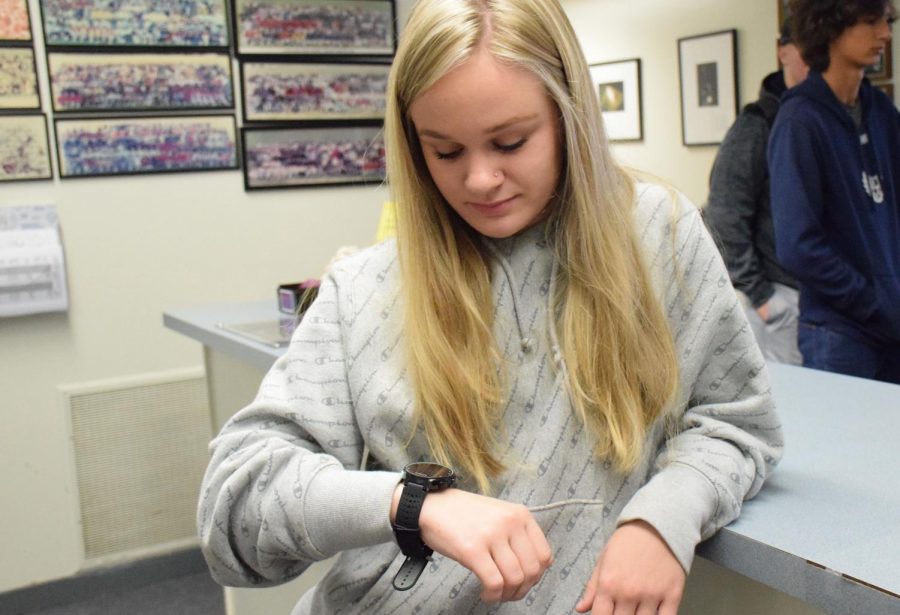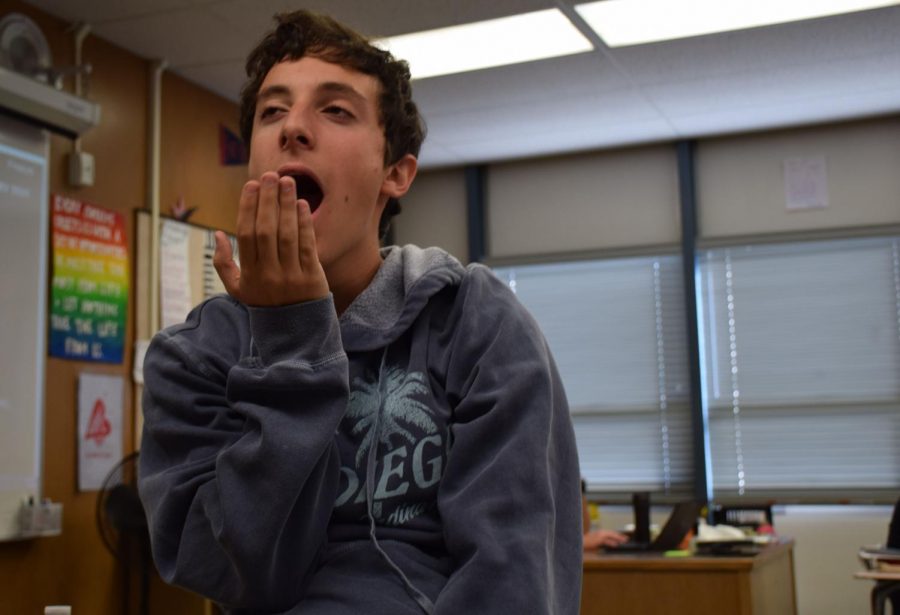Nothing Gained from Annual “Fall Back”
November 21, 2019
As a hardworking teen who stays up late doing homework, Daylight Savings should be a heavenly experience, giving me a much needed extra hour once a year.
The reality, of course, falls short.
“Fall back” doesn’t give me any extra sleep, and further complicates my sleep schedule. I understand the need to fully maximize the sun’s rays as fall turns to winter, but the shift throws off my internal clock and actually disrupts my ability to sleep well.
We should stop changing the clocks.
While an extra hour of sleep sounds like a good thing, there is plenty of evidence that suggests it is actually a detriment.
In Science Daily’s “Daylight Saving Time Disrupts Humans’ Natural Circadian Rhythm,” they explain that daylight savings disrupts human sleeping patterns. Chronologist Dr. Till Roenneberg said that the human circadian clock, or internal sleep hormone schedule, can’t adjust to Daylight Savings. Therefore, more students come to school exhausted and disoriented than usual due to the time changing.
This lack of sleep obstructs learning for students, and even hampers the ability for teachers to focus.
The annual shift has also become a source of worry for drivers, especially licensed teenagers. According to U.S. News’s “Does Daylight Savings Time Cause Auto Accidents,” a study showed there were 302 traffic-related deaths due to Daylight Savings time over the 10-year sample period, meaning that there has been a 6.3 percent increase in car crash deaths in the 6 days following daylight savings.
Daylight Savings is now not only impeding learning and sleep schedules, but it’s also taking people’s lives.
Furthermore, Daylight Savings costs the government millions of dollars each year, money that could be used for something more pressing. According to The New York Time’s “The Economic Toll of Daylight Savings Time,” the change costs the American economy $434 million due to the decrease in worker productivity and stock market lull.
Arizona, 1 of the 2 states (Hawai’i is the other) that does not participate in Daylight Savings, saves money and energy by not adding an extra hour of air-conditioning, according to Cronkite News Arizona PBS’ article, “No falling back: Why does Arizona opt out of daylight saving?”
Other states pay for another hour of electricity use. In fact, changing the clocks no longer serves the original purpose: to save energy. In 1966, when the Uniform Time Act was implemented, the idea behind Daylight Savings was to save energy and money.
An experiment conducted by economist Matthew J. Kotchen and assistant professor of economics Laura E. Grant disproves the theory however. The experiment consisted of making 7 million different observations of the electricity usage in households to examine the effect of daylight savings. In their paper, “Does Daylight Saving Time Save Energy? Evidence from a Natural Experiment in Indiana,” they explain how Daylight Savings results in the “greatest increase in electricity consumption in the fall.”
Originally, changing the clocks was supposed to save energy, but this study proves that it increases energy consumption up to 4%.
Daylight Savings costs the U.S. time, sleep, money and lives. It’s time to put an end to the suffering.





